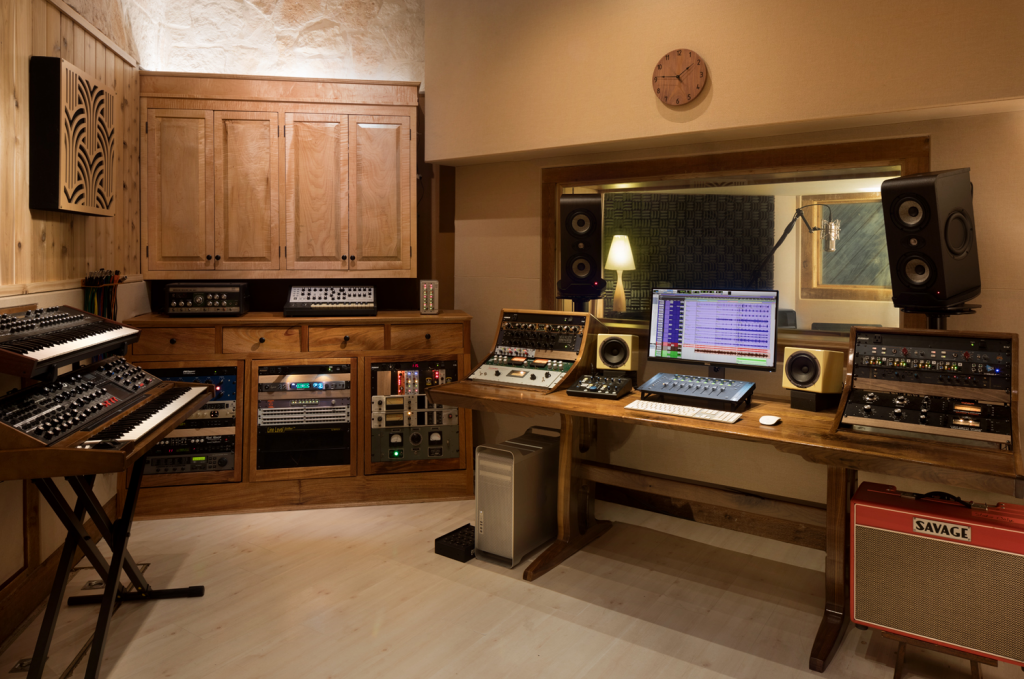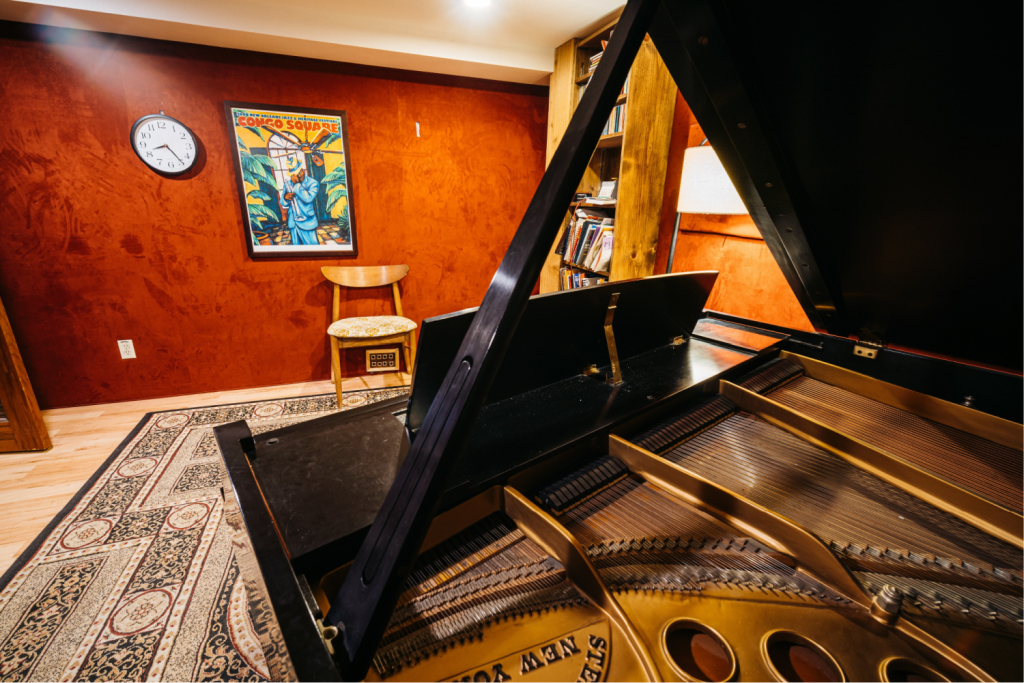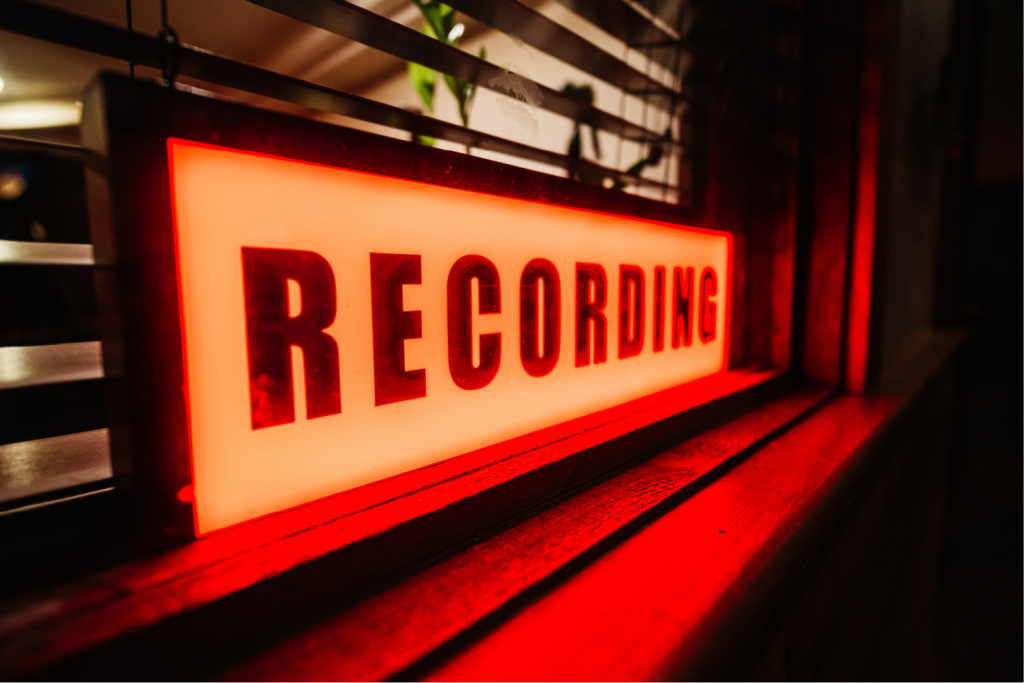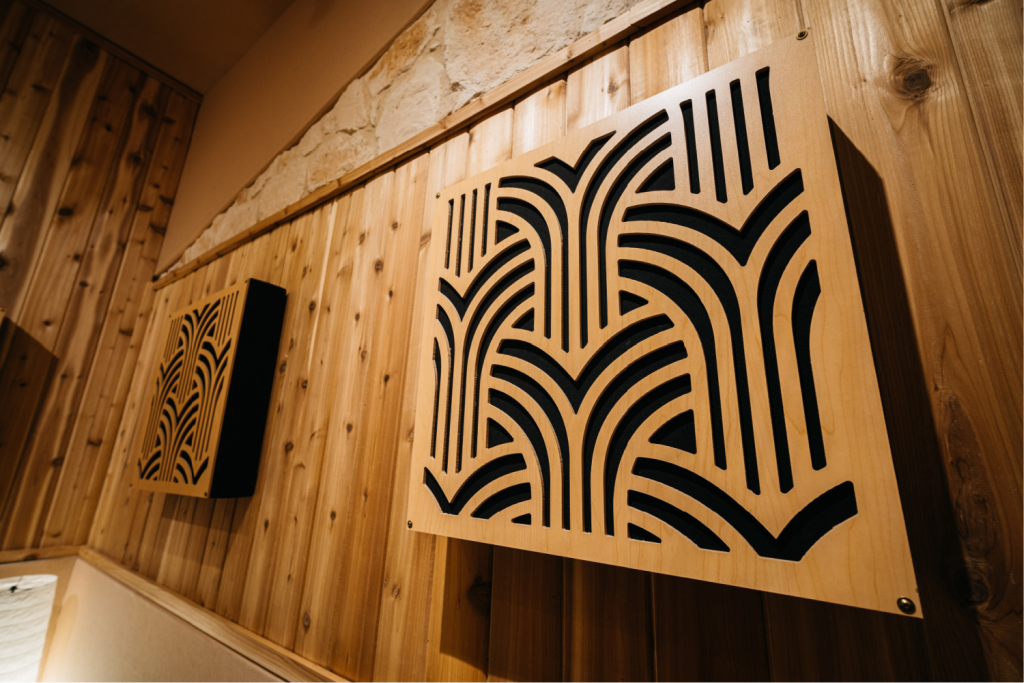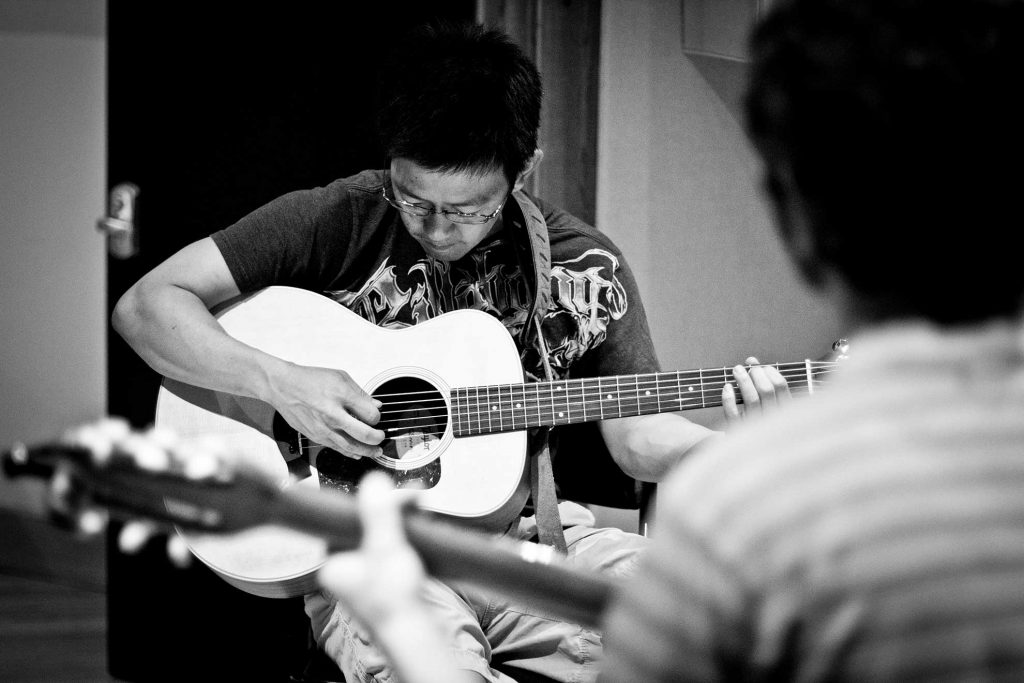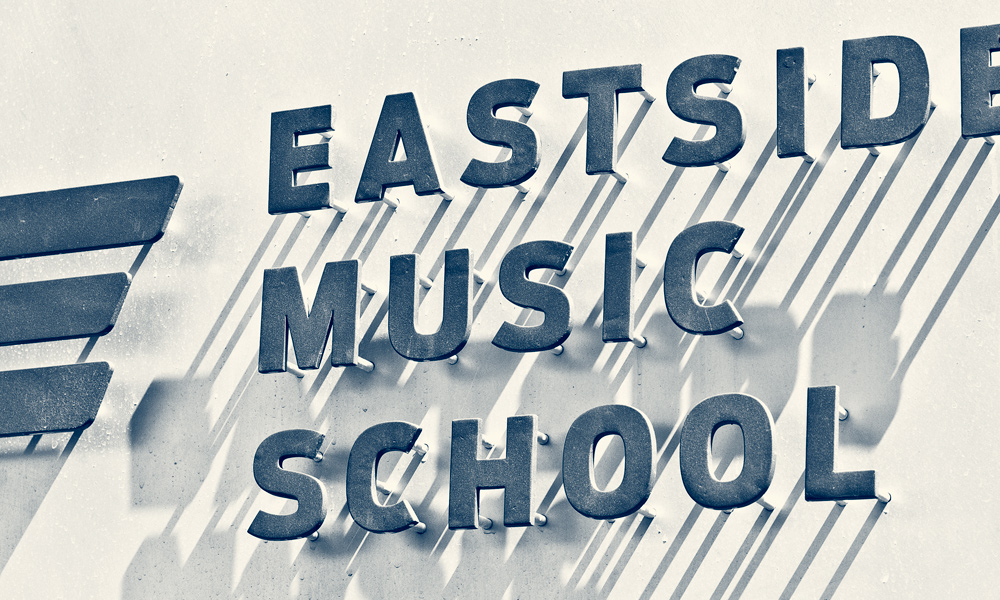By: Samantha Wood
The human voice is a fascinating and unique instrument. Why is it unique? Well, for one thing, it lives within us. And for another, it is an instrument you have been carrying around, practicing, and experimenting with since the day you were born, yet many of us know very little about it. A fun part of my job as a voice teacher is demystifying this unique instrument for my students by showing them what the voice looks like and how it functions.
The first thing we need to understand about the voice is that it is an acoustic instrument. Other acoustic instruments you may know are pianos (not keyboards), drums, trumpets, clarinets, violins, cellos, acoustic guitars, among many, many more!
All acoustic instruments, including the voice, have 3 basic properties in common: they each can generate, vibrate, and resonate sound all on their own, without the help of electronic means. Today we are going to break down these three elements in the voice to give you an inside look at how the voice works!
The Generator
As much as I wish I could will my piano to play beautifully on its own – it just won’t work until I place my hand on the keys. In this way, the hand or the fingers generate the sound of the piano. The voice uses air or our breath to generate sound. Without breath, there is no voice.
When we are simply breathing and not speaking or singing, air is brought into the body through the nose or mouth, it travels through the throat, AND with the help of the diaphragm, air fills the lungs. We call this process inhalation.
Exhalation occurs when we send that air back out of our lungs. With the help of our abdominal muscles, the air continues back through the path from which it came – from the lungs, through the throat, and out of the nose/mouth. When we sing, we take air into the body in this same way. However, the exhalation comes out as sound. So, what turns breathing into sound?
Vibration
All acoustic instruments require vibration to create sound. If we think back to our piano – I must place my hand on the keys to generate sound. And that activates a hammer inside the instrument that strikes the strings, creating vibration. The voice has something similar inside it. They are called vocal folds. And they live within this guy… *show larynx*
This is a model of a human larynx – or “voice box”. This particular model is quite a bit bigger than our actual larynx. This way we can see all the different parts. The larynx is an instrument made up of several different cartilages and muscles. You can find your own larynx by placing your hand on your throat and humming. Do you feel something vibrating? That’s the larynx! Sometimes we can even see people’s larynx – we call this an “Adam’s Apple”. I always tell my students that this is not a fair name, because Eve totally has one too. Hers just sits a bit wider so it doesn’t protrude as much! This structure protects the vocal folds which live inside it. *Look inside*
When we breathe in, the vocal folds are at rest and remain open to allow air to travel through them, into the lungs. When we speak or sing, we bring the vocal folds together. The air we send back out of our bodies sets the vocal folds into motion and they vibrate against one another to create sound. The vocal folds on their own actually sound a bit like the lips of a trumpet player. *Buzz lips* For this reason, we need something to resonate or beautify and amplify the sound.
The Resonator
We call this whole area or tubing above the vocal folds and all the way up to the lips, the vocal tract. I often tell my students that this tract is like a room. It has space and dimensions and therefore it has acoustical properties – just like a room in your house. However, unlike a room in your house, this space is both unique to your voice and it is malleable. What I mean is that this space is why you sound like you and not someone else. And in voice lessons, we learn how to use and transform this space to better beautify and amplify your sound.
I hope this was interesting and helpful in showing you what the voice looks like and how it functions. And I would suggest if you are interested in how you can better understand this information and use it in your own singing, you should try out voice lessons at Eastside.
Oftentimes, people are told that in singing, you either got “it” or you don’t! But that’s simply untrue. At Eastside, we will show you that anyone at any age can improve their singing. Learning to sing is the act of developing the vocal instrument, which we just looked at, by coordinating a series of muscular movements. Just as an athlete can condition their body to better play the game, a singer can condition their instrument to improve their performance. With the right guidance and a great attitude, you will learn to develop and train your vocal instrument so that you can perform with consistency and ease.
We hope to see you singing soon at Eastside Musical School!

